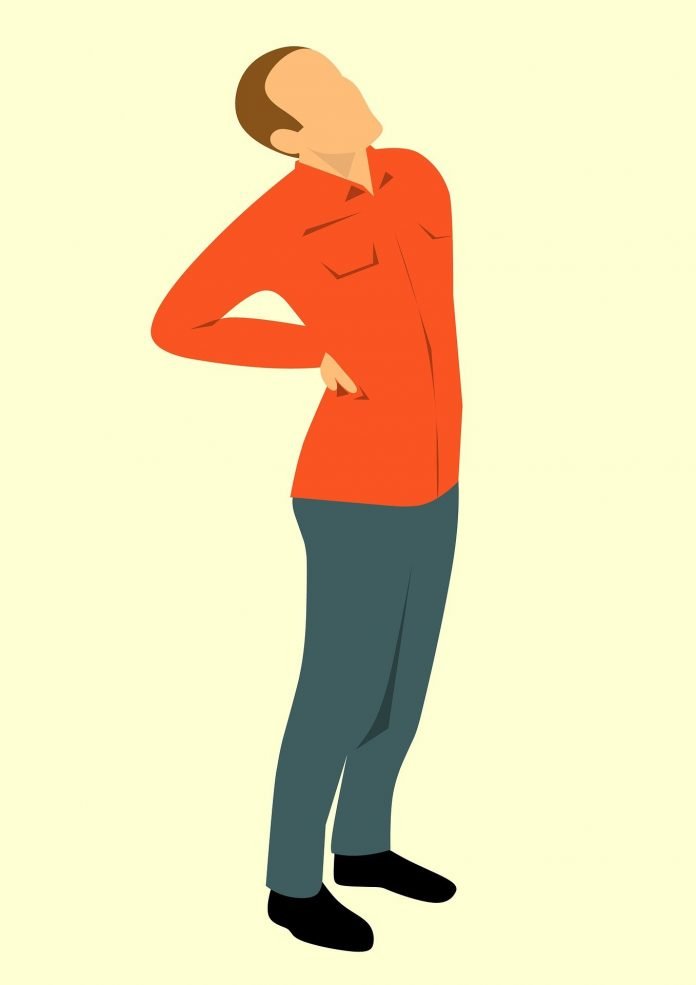Last Updated on March 12, 2024 by admin
Table of Contents
Introduction
Lower back pain is severe pain that almost everyone experiences at some point. The lower back, which starts below the ribs, is known as the lumbar region. It can be excruciating and is one of the main causes of lost work. But one good thing about this pain is that it often gets better on its own. However, if it doesn’t happen, then there are many effective treatments to cure it.
The lumbar spine, or lower back, is particularly a well-engineered structure of the interconnected bones, joints, nerves, thighs, and muscles that all work together to give support, strength, and flexibility. Although in this complex structure, the lower back mostly suffers injury and discomfort and leads to pain in your back.
Read More: How to Relieve Lower Back Pain
Causes of lower back pain:
Many spinal discs, muscles, ligaments, and other structures have a particular intersection point of nerve supplies, and it can be difficult to mentally understand what causes it. Its one common cause is a torn or stretched muscle or ligament.
Some of the main causes are undermentioned
- Lumbar herniated disc.
- Degenerative disc disease
- Facet joint dysfunction.
- Spinal stenosis.
- Spondylolisthesis.
- Osteoarthritis.
- Deformity.
- Trauma.
- Compression fracture.
Symptoms of lower back pain
Symptoms range from mild pain to stabbing or the sensation of being shot. It causes difficult to stand up or stand up straight. Severe pain comes on suddenly, often after an injury from sports or heavy lifting, or for any other reason Pain that lasts for more than three months is considered chronic. Some symptoms are mentioned as
- Slow, aching pain
- It travels to the hips, legs, and feet
- It gets severe after sitting for a long time
- It increases after waking up and after moving around
Treatments
Many low back pain treatments and cures options can be tailored to the needs of an individual patient. Treatment includes home care, medication, alternative care, or surgery., heat or ice therapy, over-the counter pain medications, activity modification, exercises for th9is problem (Stretching, Strengthening exercises, Low-impact aerobics).
Read More: 5 Aspects You Must Keep in Mind While Buying Office Chair
Apart from that, if you are interested to know about Pain in the Neck then visit our Health category.




















